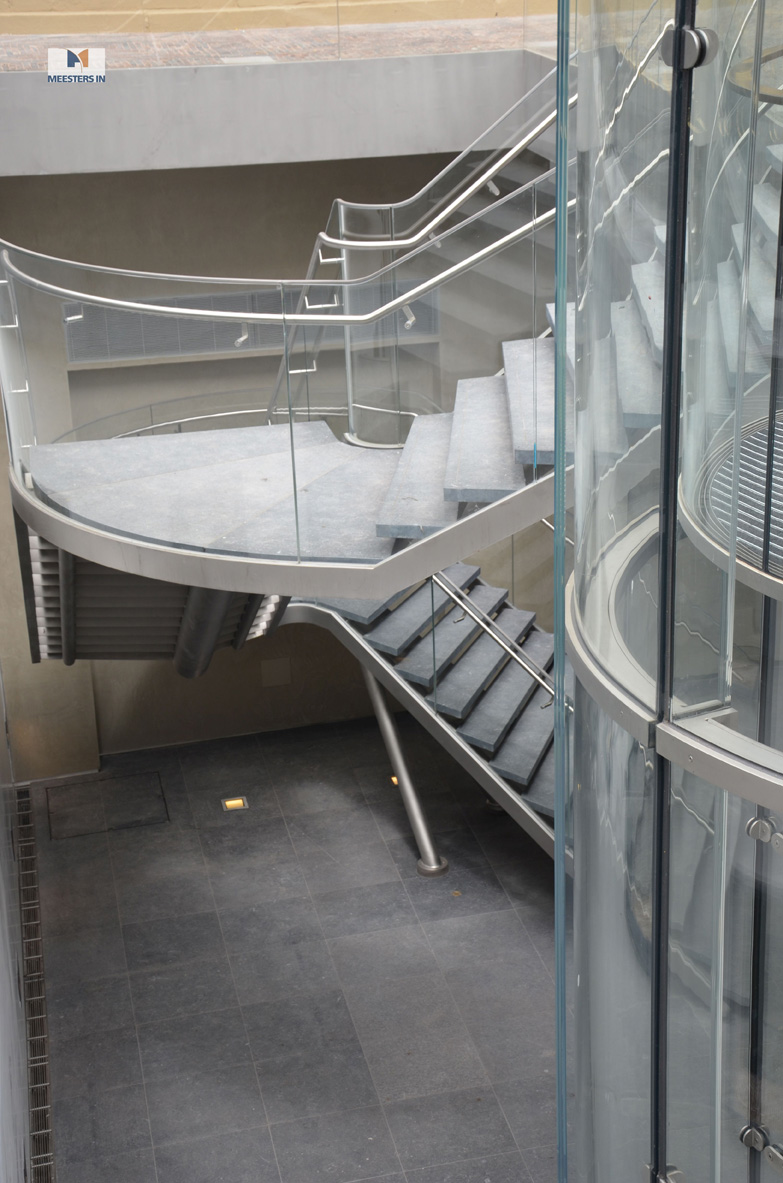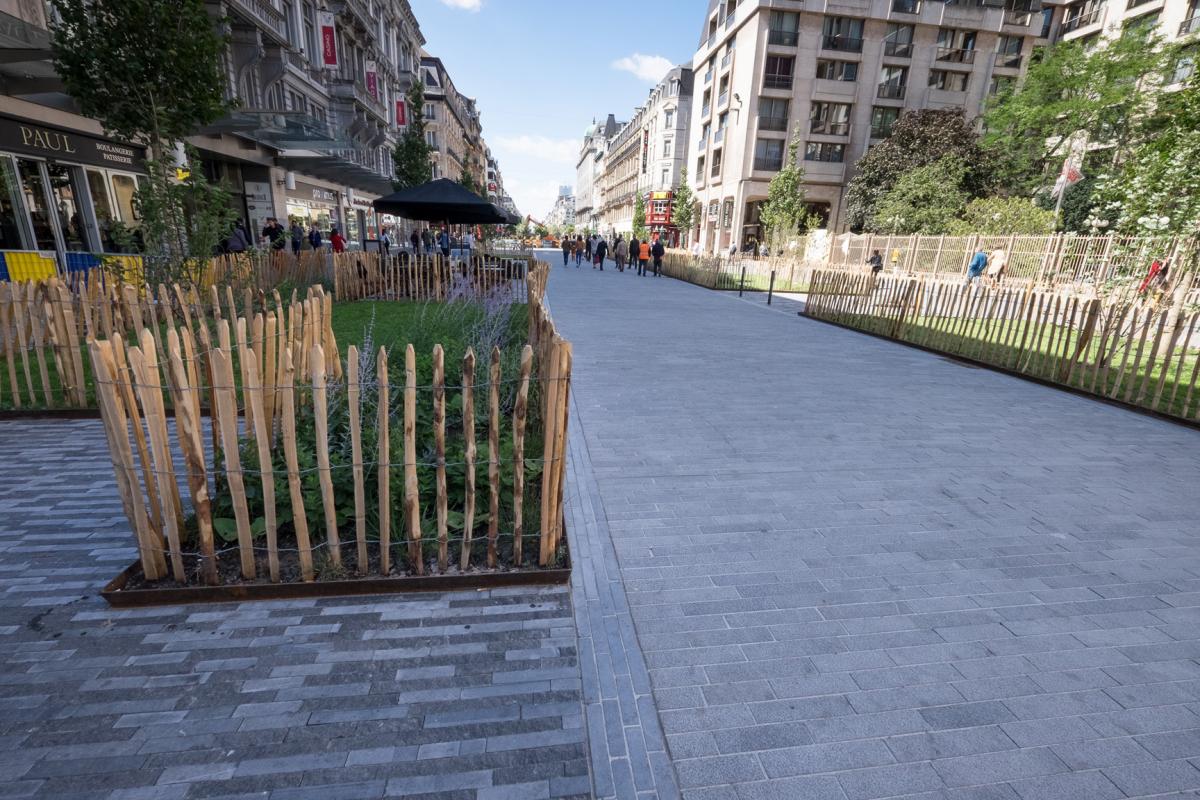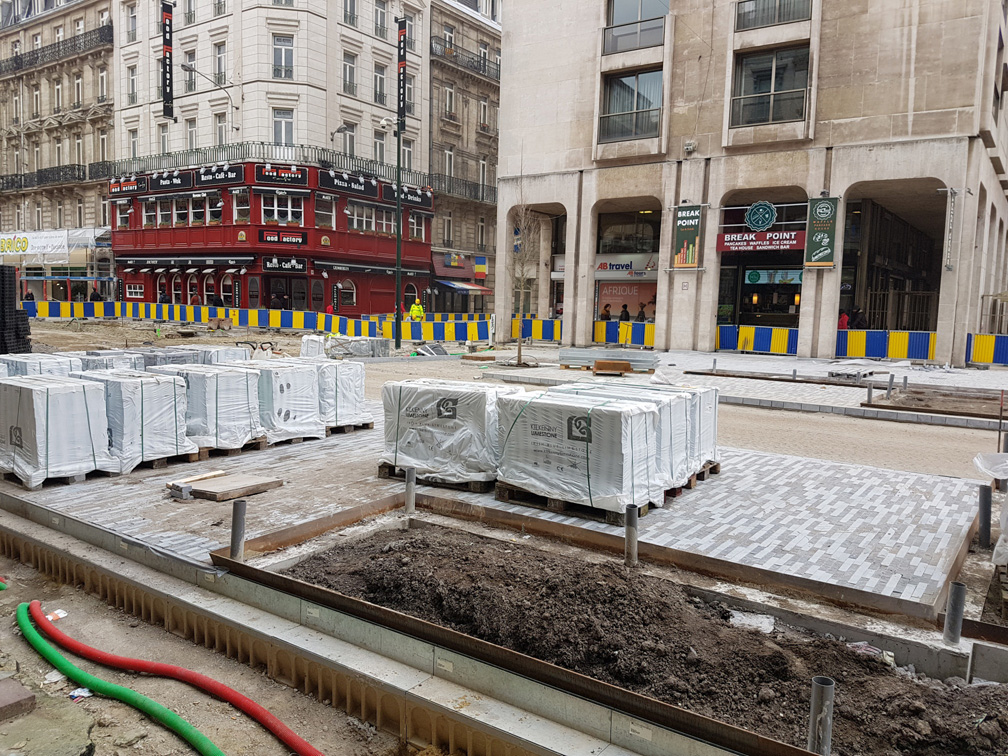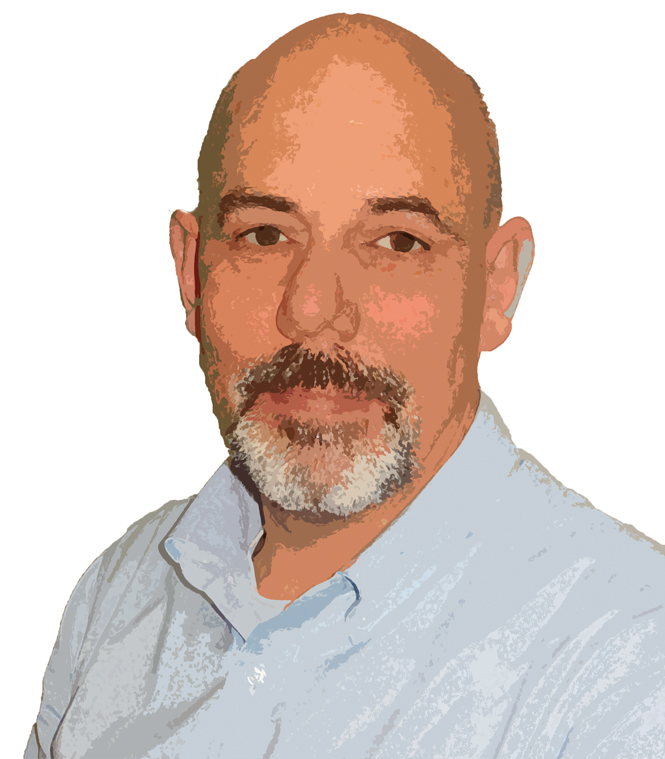The Merry Month – Robert Merry
I have been in The Hague – Den Haag to the locals. The new Supreme Court of the Netherlands there has an interior dominated by marble. Kaan Architecten have used the stone to clad walls and lay floors. It’s stunning. Go see at bit.ly/NLcourt.
Also resident in The Hague are the International Court of Justice and the International Criminal Court. This makes it the 4th most important centre for the United Nations worldwide.
The metropolitan population of The Hague is 1million, with its city population slightly over 515,000, of which 48% are Dutch, 15% Western immigrants and 34% non-Western immigrants (not sure what the other 3% are). Half of the whole population consider themselves unaffiliated to any religion.
The Dutch royal family lives in the city.
I discovered an old bank built in 1923 by an architect called H F Mertens. It is clad from street to sky in the most glorious stone – it looked like a faded yellow travertine. Art Deco; Egyptian imagery carved in relief over the surfaces.
The streets are covered in Belgium Fossil kerbs and paving. Buildings too. Door architraves and window surrounds often picked out in the same.
H F Mertens also designed a rather beautiful tubular framed office chair, originals of which are now collectors’ items and exchange hands for large sums.
Most shops were closed by 6pm on Friday and Saturday nights. People seemed to eat early and restaurants were fairly deserted by 9pm.
On Sunday morning the streets were empty and church bells rang. Coffee shops opened at 10am. Life was slower.
In the notable Mauritshuis museum hangs the Girl with the Pearl Earing by Johannes Vermeer. Beautiful and mysterious. In my view, even more impressive is the utterly, utterly stunning – a painting you must see before you die – A view of Delft by the same artist. Breathless.
And on the second floor lobby of the Mauritshuis museum is a book matched Arabescato marble floor, which I personally spent almost as much time drooling over as I had the Vermeer doodles in the adjacent room.
Other than its service industries, the main occupations in the Hague focus on tourism. The centre is beautifully restored. It is the equal of Amsterdam and less crowded. Delft, a short train ride away, is as pretty in the centre, although the signs to the place where Vermeer stood to paint his view lead you to a small basin in the river, which, of course, looks nothing like the 17th century painting. As if.
Coming back through customs at London City Airport using the European Passport holders’ channel, a thought crossed my mind – visiting such jewels in the mainland European crown after March next year may not be so easy.
The UK Government recently announced that European passport holders will be granted settled status and be able to stay and work in the UK providing they can answer three simple questions and pay £65 per adult and £20 per child. That’s 170 squids for an average family. Plus the dog.
Will we need a visa to go in the other direction? Just to visit? To buy stone. To take clients on those exhausting 36-hour shopping trips to the quarries of Italy… Spain… Portugal…
It is slightly ironic to me… and sad, too, that a city with early closing, church bells on Sunday and an air of calm and peaceful harmony with such a diverse population is at the heart of a Europe so many voted to leave.
Robert Merry, MCIOB, is an independent Stone Consultant and Project Manager who previously ran his own stone company for 17 years. He is also an expert witness in disputes regarding stone and stone contracts. Tel: 0207 502 6353 / 07771 997621. robertmerry@stoneconsultants.co.uk
Dirk Van Dam of Kilkenny Limestone Quarries Ltd in Ireland and the stone wholesaler Brachot-Hermant Group based in Belgium (which owns Kilkenny Limestone Quarries), has responded to Robert Merry's column:
I’ve read two interesting articles in Natural Stone Specilaist magazine July/August issue that are particularly relevant to our business.
Robert, as you visited The Hague, I find it a pity that your ‘stone eye’ overlooked the presence of Kilkenny Limestone in the city and even more surprising in the Mauritshuis where we supplied most of the interior steps and tiles (see photo).
Over 80% of Kilkenny limestone is exported for prestigious projects. It has gone to London, Amsterdam, New York, Paris and Monaco. The photo shows it in a street in Brussels.

At the moment we are supplying more than 10,000tonnes of material for a complete makeover of the centre lanes (pedestrian area) at the heart of Brussels. This is one of the largest ongoing natural stone paving jobs of its kind (see photo at the bottom).
As you know, for the More London landscaping around the Mayor's Offices in London the architect Sir Norman Foster chose Kilkenny Limestone in a +30,000m2 development.
Your column was an interesting contrast to the article of the Cork masons in the magazine, where it shows Irish authorities have little awareness for authenticity and indigenous material.
We would be interested in co-operating with the Irish masons to promote the case.

Robert Merry replies:
Dear Dirk,
Thank you for the email and for reading the column.
I certainly missed the Kilkenny Limestone installations and I agree there is some irony in the use of Kilkenny limestone in mainland Europe, but not, apparently, in Ireland itself. There is a rich tradition of stone travelling vast distances from its origins for the pleasure of others. Cleopatra’s needle in London being one example.
Unfortunately, I don’t buy or sell any stone. Occasionally, I am asked to assist with a specification and I try to recommend a range of suitable materials. If the opportunity to suggest Kilkenny arises I will certainly do so.

